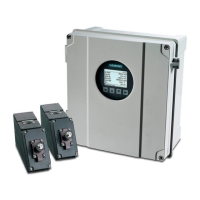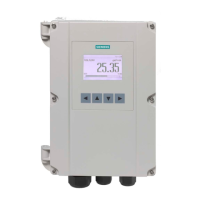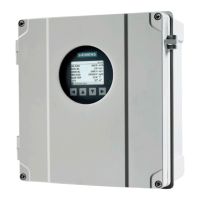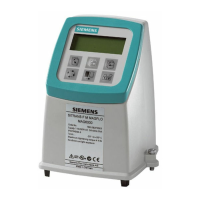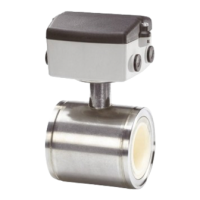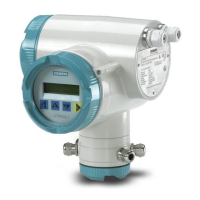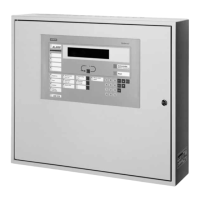Planning an FDnet detector line
7
79 |
Building Technologies
7.1.9 Maximum current connection factor reserve
This chapter describes how to verify the possible reserve of the ↑ maximum
current connection factor (MK_res) for one line by means of an example. This is
done with the aid of diagrams for the different line cards.
7.1.9.1 Procedure by means of an example
Assumption
The following parameters have already been determined.
Parameters Value
↑ Line card
Integrated line card with ↑ loop
extension (FDnet)
Topology 4 loops
Relevant cable length for resistance 1200 m
Relevant cable length for capacitance 1500 m
Cable type ● G51 extra-low-voltage cable
● x 0.6 (CH), unshielded
● R' = 125 Ohm
● Cs' = 70 nF
Table 21: Exemplary parameters for a detector line
The devices in the following table shall be operated on the loop
Device Type Number AK ΣAK RK ΣRK MK ΣMK
Neural fire detector FDOOT221 14 1 14 1 14 1 14
Input/output module FDCIO222 2 1 2 3 6 3 6
Alarm sounder FDS221 1 1 1 1 1 15 15
Sounder base FDSB291 1 0 0 0.5 0.5 5 5
↑ Floor repeater terminal
without external supply
FT2010 1 1 1 20 20 160 160
Total 18 41.5 200
Table 22: Connection factors for exemplary line calculation
Calculations
The following values can be determined based on the above details:
● Cable resistance (R)
R = L
Cable
x R' = 1.2 km * 125 ohm/km = 150 ohm
● Cable capacitance (Cs)
Cs = L
Cable_total
x Cs' = 1.5 km * 70 nF/km = 105 nF
Cs must be within the limit value.
● Address connection factor: AK = 18
● ↑ Quiescent current connection factor: RK = 41.5
The quiescent current connection factor is needed later on to calculate the
hardware's operating current.
● ↑ Maximum current connection factor: MK = 200
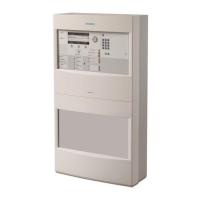
